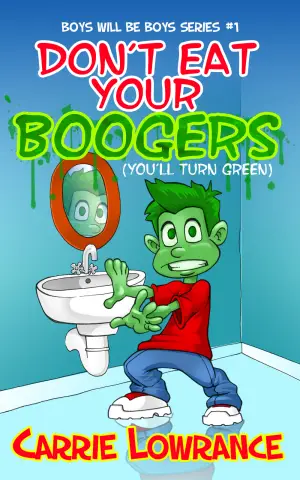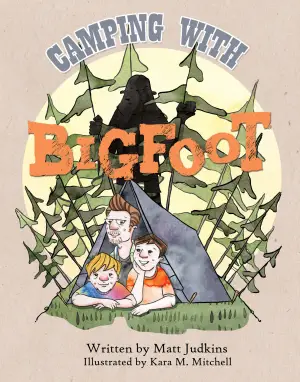A Heartfelt Review of James by Percival Everett
Ah, Percival Everett’s James—a book I genuinely anticipated with the kind of excitement I rarely allow myself. With rave reviews splashed across social media and a hauntingly high 4.65 rating on Goodreads, I had visions of diving into a clever, thought-provoking retelling of Huckleberry Finn. I imagined a deeper exploration of Jim’s character and the societal complexities entwined in that classic. But, if I’m being honest, stepping into James felt more like stepping on a rake, and boy, did it sting.
From the outset, I’d hoped for a fresh take on familiar characters, especially the titular James. Everett begins with a gem of a statement: “Those little bastards were hiding out there in the tall grass.” A line that promised humor and cleverness, yet as I ventured deeper into the story, those expectations unraveled.
Themes and Characterization
What lingered in the shadow of this retelling was a broader commentary on character depth and authenticity. Jim, portrayed as a pivotal character, remains frustratingly opaque. The moments of introspection that should have shed light on his fears, desires, and motivations felt sparse. One poignant quote from early in the novel captures his inner turmoil but is all too fleeting: “I was as much scared as angry, but where does a slave put anger?” As I turned each page, the connection to Jim diminished. Instead of unfolding emotional landscapes, I found dialogue that at times felt exaggeratedly simplistic, robbing the narrative of depth.
Speaking of dialogue, the decision to drive much of the narrative forward through conversations created a rushed pacing. With about 80% dialogue, I breezed through James in a few hours, but not in the ecstatic way that makes you linger over each word. Everett’s straightforward prose often left me yearning for the richness of description and inner monologue. A balance was missing, one that could have grounded the dialogue in a more vivid reality.
A Missed Opportunity
What truly troubles me are the female characters—Sadie, Jim’s wife, and Sammy, a young woman rescued during one of Jim’s adventures. Their development is practically non-existent, relegated to mere tools to accentuate Jim’s narrative. In one instance, I cringed at the portrayal of trauma without nuance or depth; Sammy’s horrific background isn’t explored beyond the immediate horror. The exploitation of such narrative opportunities left me feeling more frustrated than moved.
Final Thoughts
In the end, Everett’s James teeters between a powerful retelling of Huckleberry Finn and an expression of unfulfilled potential. While it aspires to resurrect Jim’s story, it often stalls and stumbles along the way, most glaringly in its failure to explore essential themes of race, familial bonds, and the legacies of past wounds.
Would I recommend this book? Maybe to those who delight in dialogue-heavy narratives and are curious about diverse interpretations of classic literature. Otherwise, those seeking a resonant exploration of Jim’s character or a thoughtful retelling may find themselves dissatisfied.
As I glance toward my next read, The Silence of the Girls, I hold onto the hope that it will deliver the emotional complexities and character depth that James so tantalizingly hinted at but ultimately sidestepped. Happy reading, friends!










